Blackness Primary School was one of Dundee’s largest until a huge fire in November 1987 saw its pupils displaced across the city.
These images from DC Thomson’s archive show the devastation caused when flames ripped through the building 35 years ago this week.
The damage put the school out of commission for the rest of the term.
Originally named St Peter’s School, Blackness Primary School was one of the first to be taken over by the school board in 1874 after the introduction of the Education Act.
The pupils transferred to a new building on the north side of Hawkhill, in Peddie Street.
On March 3 1876 the school was opened and, from then on, known as Hawkhill Public School.
In 1894 a new building was built on the south side of Hawkhill and the old building was then referred to as Old Hawkhill or North Hawkhill.
Initially, the new school was used for infants only; however, from September 1895 the board decided to run the two schools as one under a single headteacher.
Hawkhill Public School was one of the largest schools in Dundee.
At the height of its attendance, it boasted a total of 1,295 pupils.
However, many of the pupils at Hawkhill were evacuated to Montrose when the Second World War broke out in 1939.
They attended North Links School from the beginning of the new school year in September.
Two air-raid shelters were built on the site, which enabled the pupils to return.
With the new shelters, 150 pupils could attend in the mornings and 150 could attend in the afternoons.
The first fire
The war ended in September 1945 and the pupils believed that their lives could finally return to normal.
However, a fire broke out in the North building in December 1945.
With the roof severely damaged, the pupils once again attended school in St Peter’s Church halls.
After briefly acting as an annexe to Logie Secondary School for a short time in 1946, the North building was eventually closed for good.
In its now smaller premises, the roll continued to fall at Hawkhill Primary over the following few years.
With many Dundonians moving into the new housing estates popping up across the city, like the model estates at Fintry, people were leaving Hawkhill and taking their children with them.
By 1969 attendance at Hawkhill had fallen to just 260 pupils.
In 1975 it was decided that the school wouldn’t take on any new pupils in August.
Pupils already at Hawkhill would gradually be transferred to the nearby Park Place school.
Hawkhill closed for the last time in June 1980.
Blackness Primary School
Blackness Primary School then took over the building in August 1981.
Six happy years of learning took place at Blackness before the fire broke out on November 4 1987.
Smoke was seen coming from an area of the building that was under repair at 5.30am.
A beat policeman alerted the fire brigade and four fire appliances raced to the scene.
Using eight sets of breathing apparatus on relays, a monitor jet on a hydraulic platform and four jets to bring the blaze under control, firefighters eventually confined the blaze to the south-east end of the building.
From there the flames spread in a single column through the centre of the building and the firefighters looked on as the floors started to give way.
The fire brigade remained at the scene into the following morning.
It was one of the busiest nights for the city’s emergency services with several other fires also breaking out across the city that night.
They were called to two fires in the same house in the space of only two hours.
After the school blaze at Blackness had been brought under control, the firefighters moved on to dampening procedures.
Later that day a spokesman for Tayside Education Department said: “There is no external structural damage to the building.
“There is a little smoke damage – but the main problem is water damage.
“The school will be out of action until next March.
“Refurbishment will take until well after New Year so classes could be wiped out for the current school year.”
The education department was keen to keep the school community together over what was looking like a significant closure period.
It began looking for alternative suitable accommodation for the 240 pupils immediately.
A decision was made to provide a temporary home for the children at St Joseph’s Roman Catholic School.
The fire at Blackness was not thought to be suspicious, following investigations.
Tayside Regional Council originally estimated that it would cost between £150,000 and £200,000 to repair the building.
However, when the building finally reopened in 1988, after the Easter holidays on April 11, it was revealed that repairs had totalled around £120,000.
After its reopening, the school’s numbers began to rise at rapid speeds.
The regeneration of Blackness Road, and the nearby Perth Road, were increasing the school’s attendance beyond manageable levels.
By the 1990s it was taking in nearly 400 pupils.
While the premises were originally designed to harbour three times this amount, the closure of some of the buildings over the years meant that the new influx of pupils was causing severe congestion on the property.
The school’s library had to be closed to make room for a new classroom, and staggered meal times were introduced.
Two larger classrooms were converted into dining halls.
Further challenges arose when the nearby Mitchell Street primary school closed.
Blackness Primary was now the single primary school for the area.
Additionally, many parents were choosing to send their children to Blackness Primary despite living in another catchment area due to its convenient location.
By 1991 the school was significantly overcrowded.
In the early 2000s city engineers were called to Blackness Primary after small pieces of masonry fell from the building on to Hawkhill.
Several flakes of stonework, each a few inches long, fell from the sandstone structure and landed on the nearby pavement.
Tayside Police immediately alerted the city council, who sent engineers to evaluate the property.
A full-scale inspection of the premises would be carried to ensure there were no other loose bits of masonry.
Following on from a decade of difficulties, in 2006 school inspectors praised Blackness Primary for its “happy and industrious” atmosphere.
The school’s positive ethos, and its approach to promoting equality, fairness and diversity were particularly praised.
Teachers provided pupils with a well-balanced curriculum and despite all their trials, pupils across the school demonstrated self-confidence and a positive attitude towards others.
That positive attitude continues today.
The school still boasts an extensive catchment area but encourages its pupils to walk or take the bus to protect the environment.
Despite all the challenges it has faced, Blackness Primary continues to positively support its community.
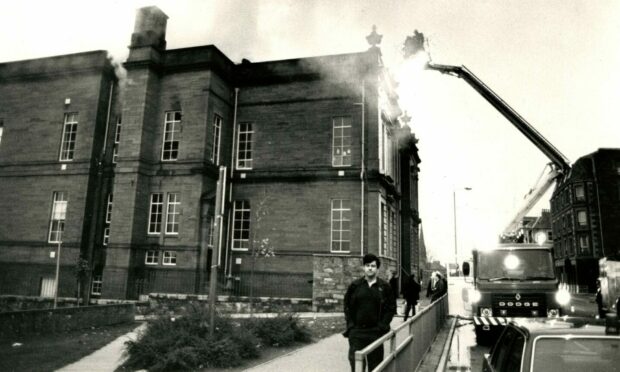
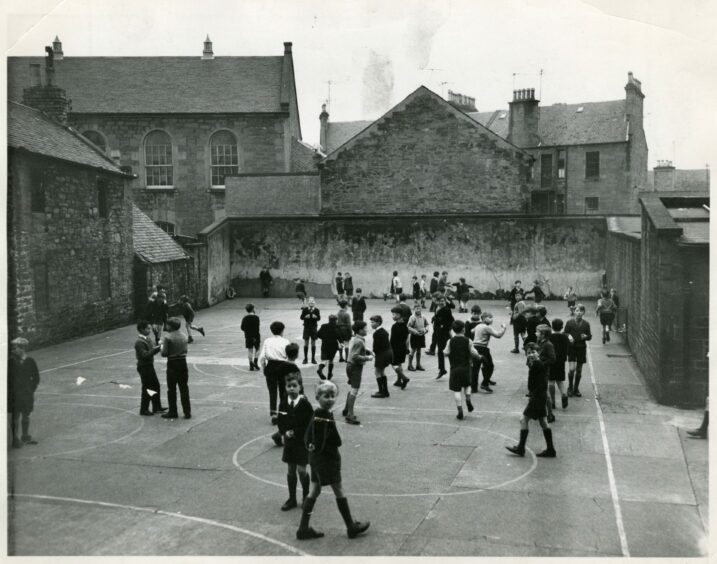
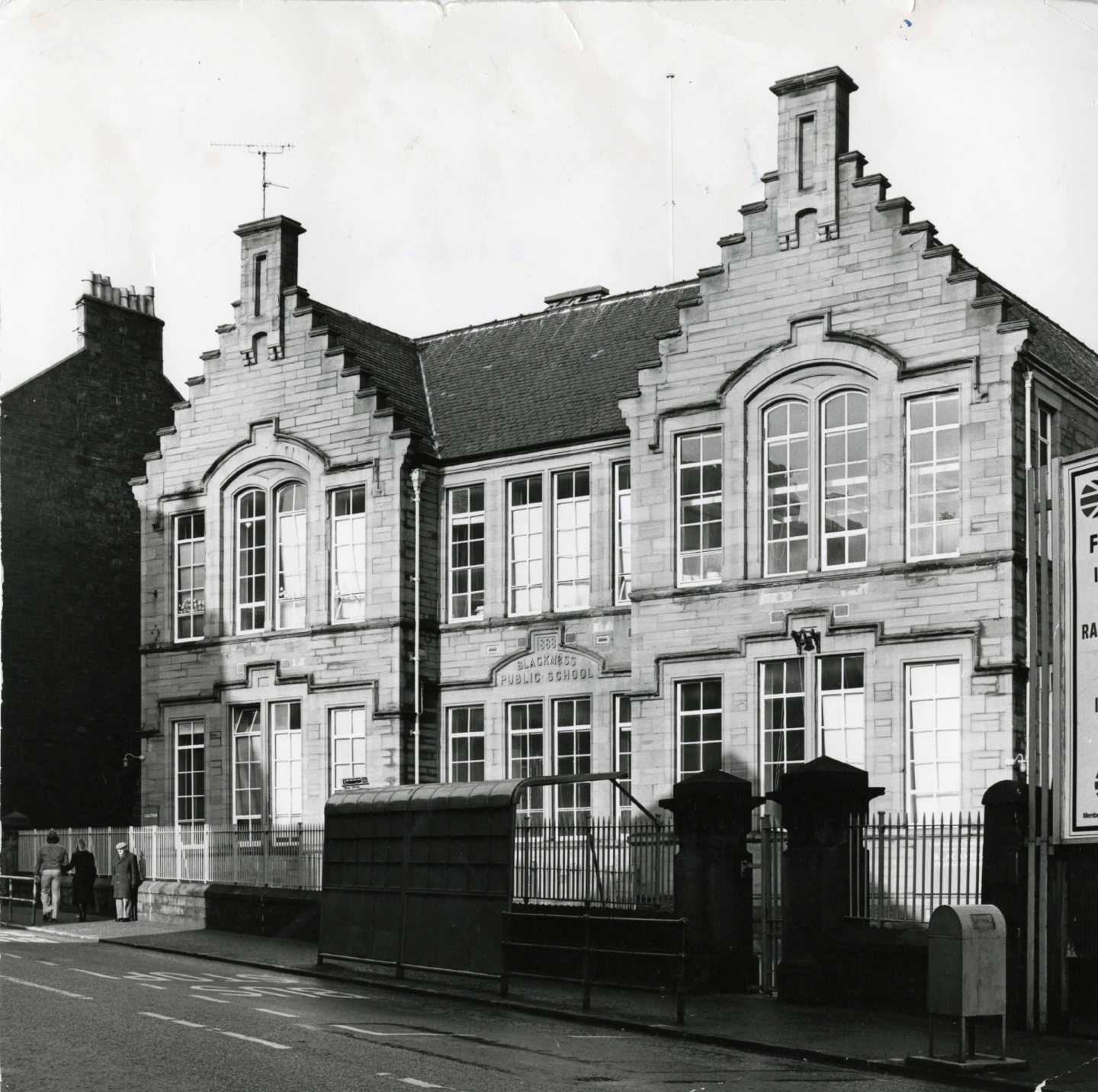
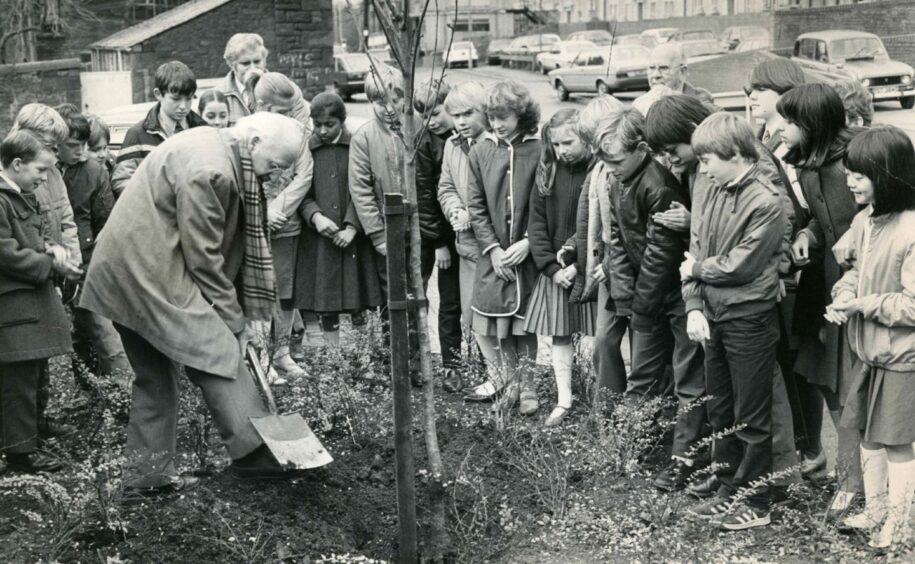
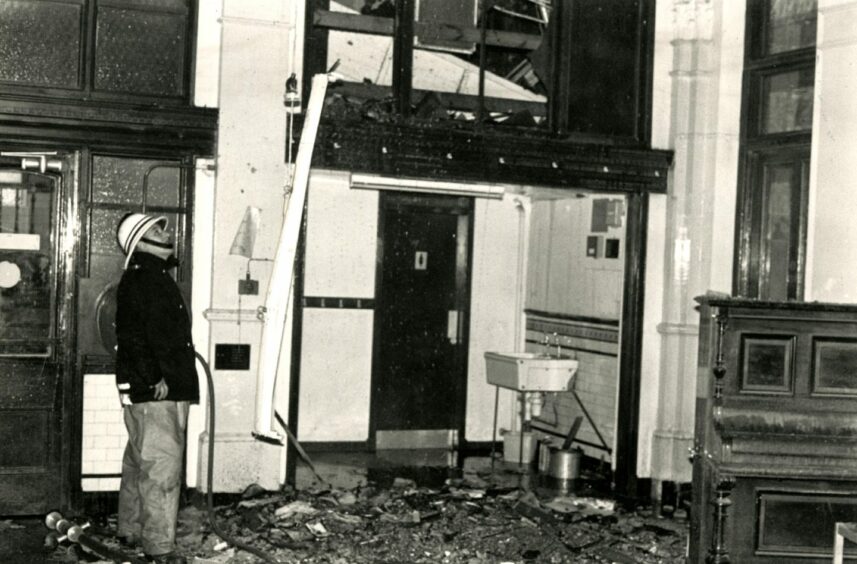
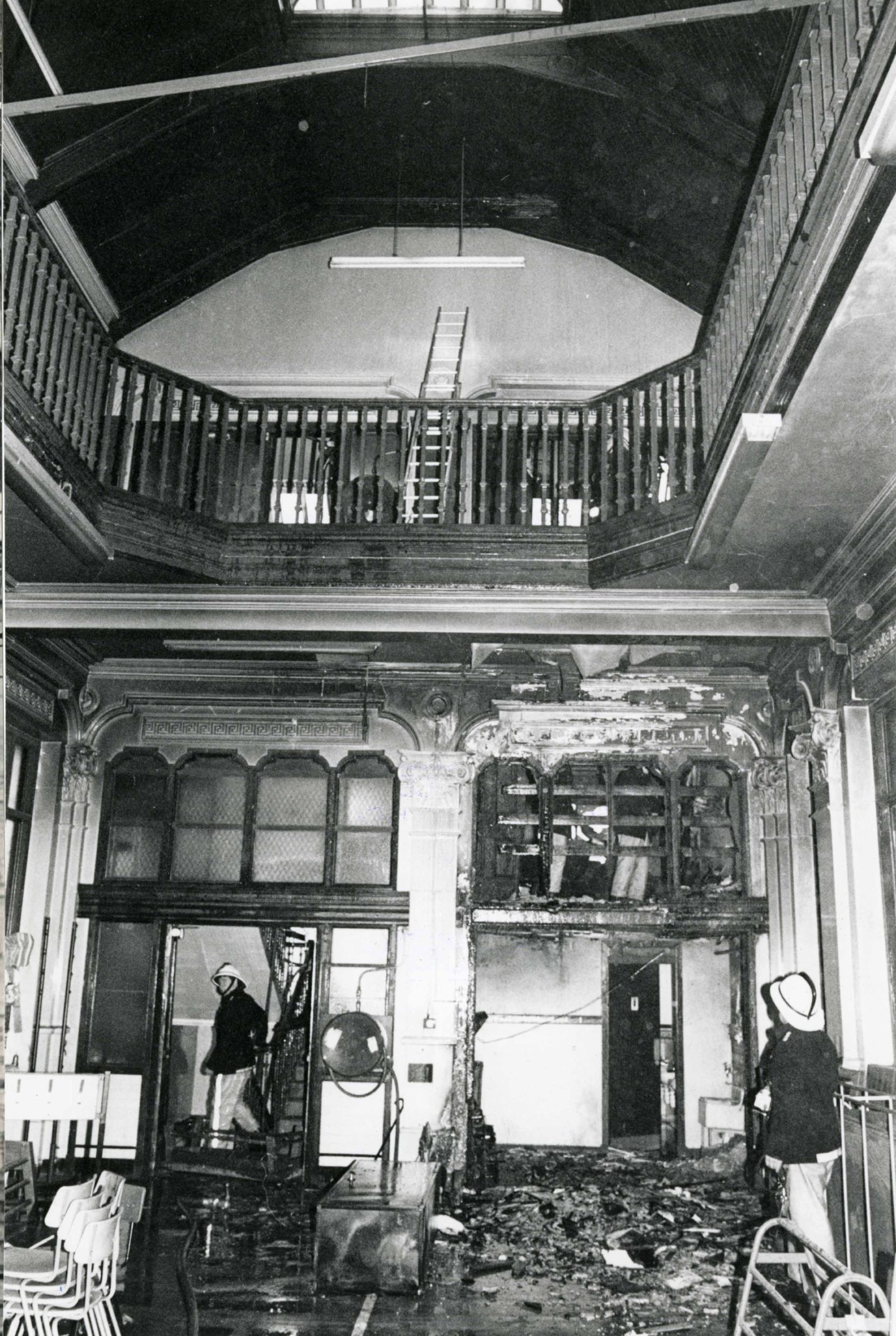
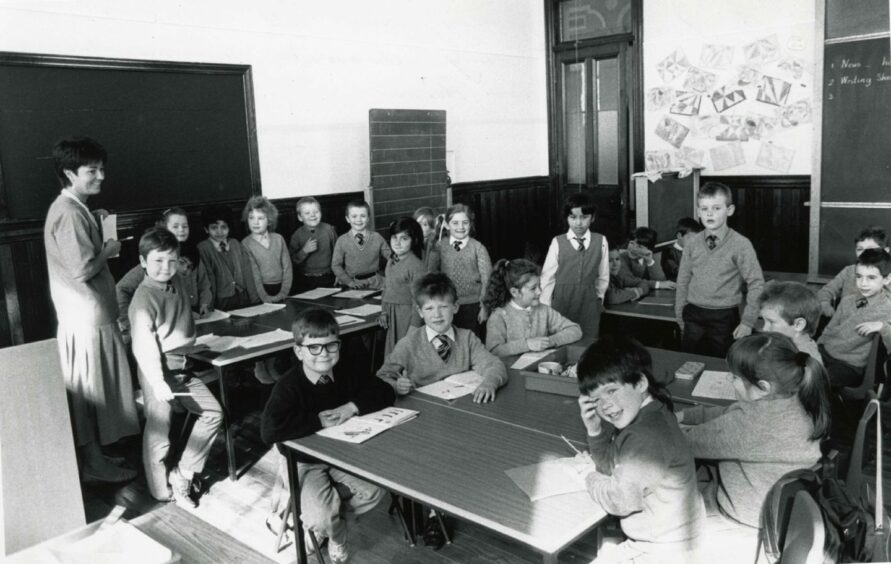
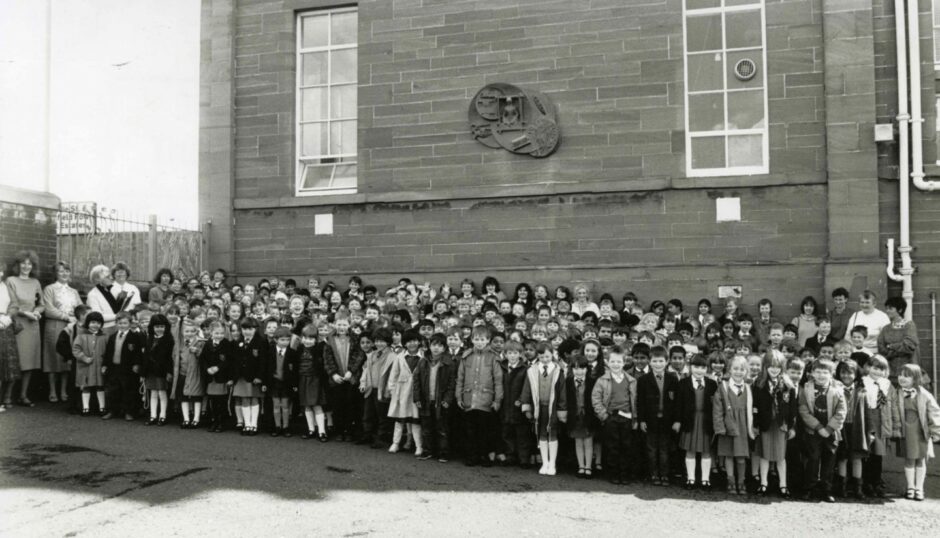
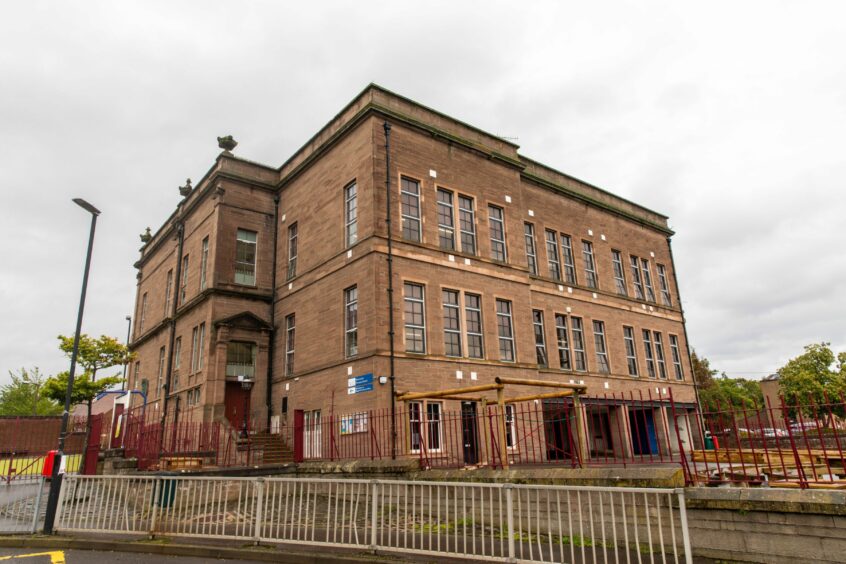










Conversation